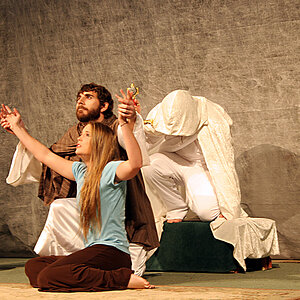davholla
Been spending a lot of time on here!
- Joined
- Jun 16, 2015
- Messages
- 1,562
- Reaction score
- 1,390
- Can others edit my Photos
- Photos OK to edit
I thought the way you calculated the magnification was to look at the magnification and then multiply it by the crop factor.
So if you take a photo with the Canon 7DMKII at 1.0 Magnification the magnification is 1.6 times.
Like this photo below
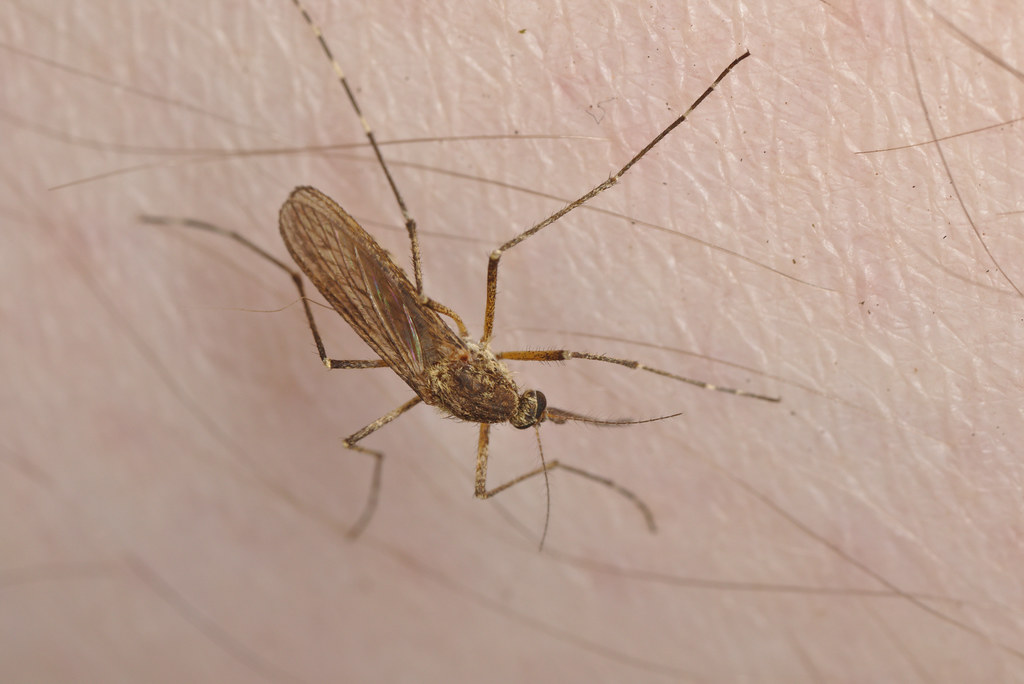 EF7A1267mosquito by davholla2002, on Flickr
EF7A1267mosquito by davholla2002, on Flickr
However I have been told that I am wrong which I admit is possible. Can anyone clarify this?
So if you take a photo with the Canon 7DMKII at 1.0 Magnification the magnification is 1.6 times.
Like this photo below
 EF7A1267mosquito by davholla2002, on Flickr
EF7A1267mosquito by davholla2002, on FlickrHowever I have been told that I am wrong which I admit is possible. Can anyone clarify this?



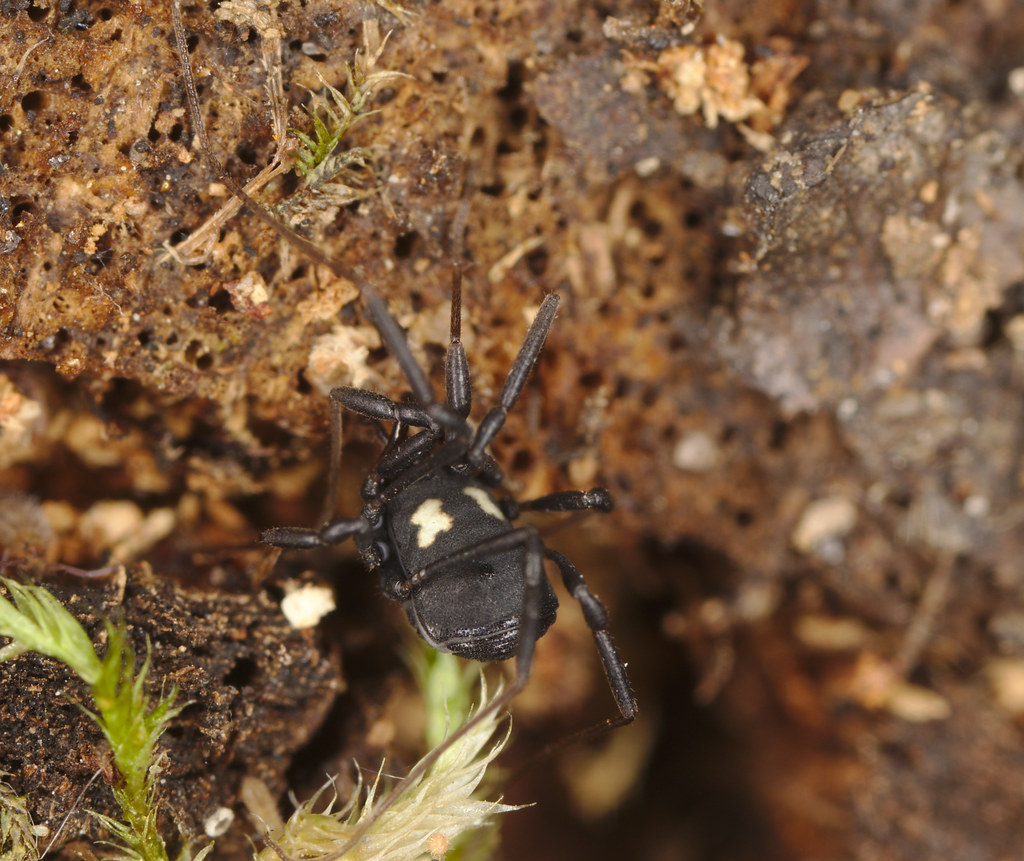 EF7A1826Harvestman
EF7A1826Harvestman

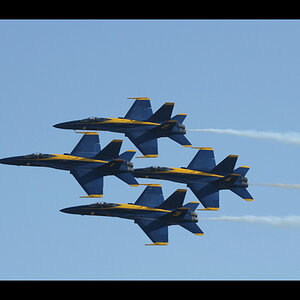

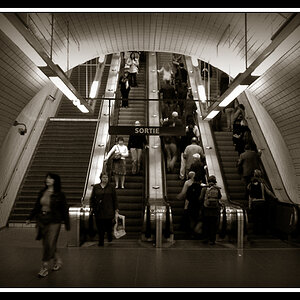
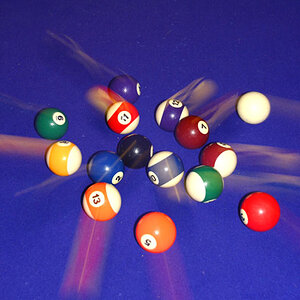


![[No title]](/data/xfmg/thumbnail/42/42487-e35b2848c41aeeb5a93f21809f036a1d.jpg?1619740196)
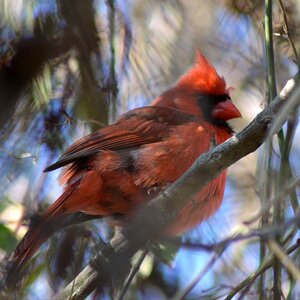
![[No title]](/data/xfmg/thumbnail/34/34039-a3bf38301d5ee5f8b658c43a86558500.jpg?1619736250)
